
Review on 💥 ASUS Hyper M.2 X16 PCIe 4.0 X4 Expansion Card: Supports 4 NVMe M.2 (2242/2260/2280/22110) up to 256Gbps, Compatible with AMD 3rd Ryzen sTRX40, AM4 Socket, and Intel VROC NVMe Raid by Jamie Masloski

Great performance, not the easiest to work with.
This card was recently purchased and installed on my system. I'm running an i9-10900X processor on an Asus Prime x299 Deluxe-ii motherboard. I bought 4 Intel 665p 1TB NVMe drives to boot this card. The performance data from the screenshot was taken immediately after formatting a volume in Windows 10 for the first time. The volume spans all 4 drives in a RAID 0 (striped) configuration. You need a few things to use this card on your system. 1. To be able to use all slots on this expansion card, you need a system with at least 44 PCIe lanes. IE Intel x299 or AMD x399. There may be exceptions if you don't have a discrete GPU, but it probably depends on your motherboard, read on for more info.2. On AMD you have access to a full range of raid types, but if you're using x299 like me, you can only use RAID 0 or no out-of-the-box raid configuration. If you want to use a RAID type other than RAID 0 on x299, you need to purchase a VROC key, which is available for $100-$200 on various tech store websites. You must ensure that your motherboard supports PCIe fanout, otherwise only 1 drive will be available on this card. Google "Asus m.2 x16 motherboard support" and you'll find an Asus technical article with a list of compatible motherboards. Installation requires you to physically fit the card into a slot with enough PCIe lanes, per the Asus tech article. Then configure the slot in the BIOS settings to use tracks in dual mode (refer to your motherboard instructions). You will likely need to reboot the BIOS and then adjust the "Intel Virtual CPU Raid" settings to use all drives on this card in the desired RAID mode. Then restart Windows, you will probably need to get the "Intel VROC" driver from your motherboard vendor, install the driver, and then restart one last time. Back in Windows, you should see the new volumes in Windows Device Manager. Finally, enjoy your new insanely fast NVMe raid!
- Free for educational purposes
- Other Other
New products
Comments (0)
Top products in 🧰 Computer Internal Components
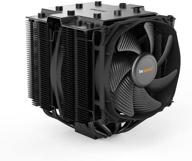
🌬️ Silent Cooling Power: Dark Rock Pro 4 CPU Cooler with 250W TDP, BK022

134 Review
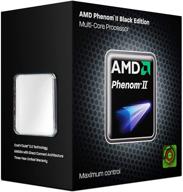
AMD Phenom II X4 940 💻 Black Edition 3.0GHz AM2+ Processor - Retail

96 Review
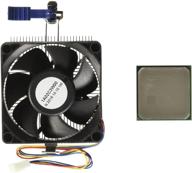
💪 AMD FD6300WMHKBOX FX-6300 Black Edition: 6-Core Processor with Unparalleled Performance

134 Review
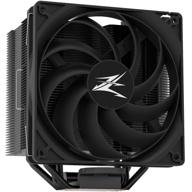
Zalman Performa Performance Powerful Included

172 Review
Another interesting products
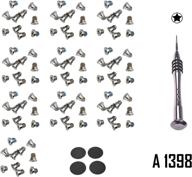
🔧 Premium Repair Replacement Screws & Tools for MacBook Pro Retina 15"/13" - Complete Bottom Case Set

10 Review

36-Pack Black Rubber PC CPU/Case Fan Screws/Rivets Set for Computer

11 Review
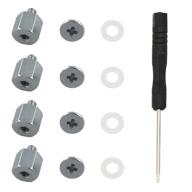
M.2 Screw Kit: Easy Mounting for NVMe SSDs on ASUS Motherboards

19 Review

Comprehensive 500pcs Laptop Screw Kit Set for 🔩 IBM HP Dell Lenovo Samsung Sony Toshiba Gateway Acer

12 Review

